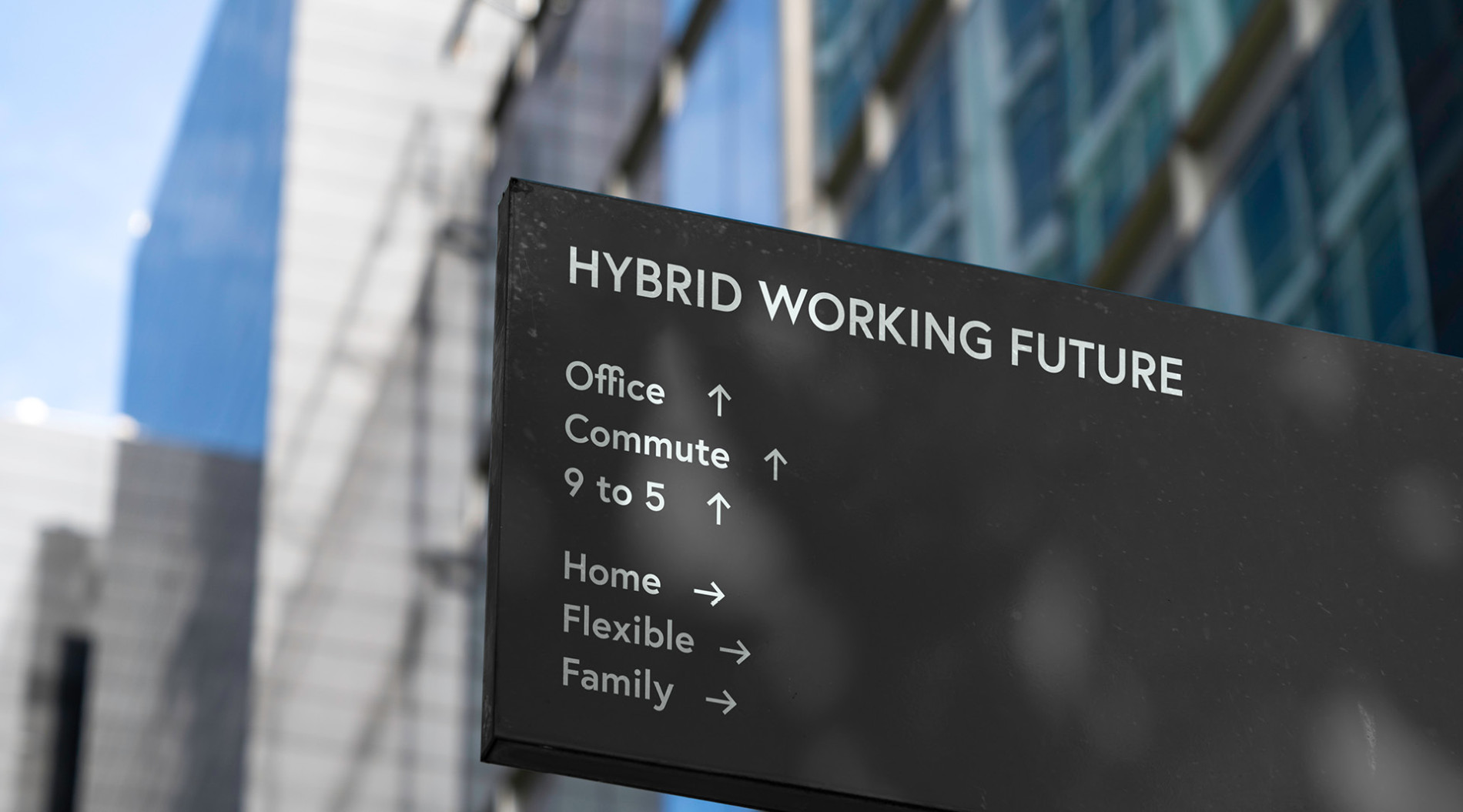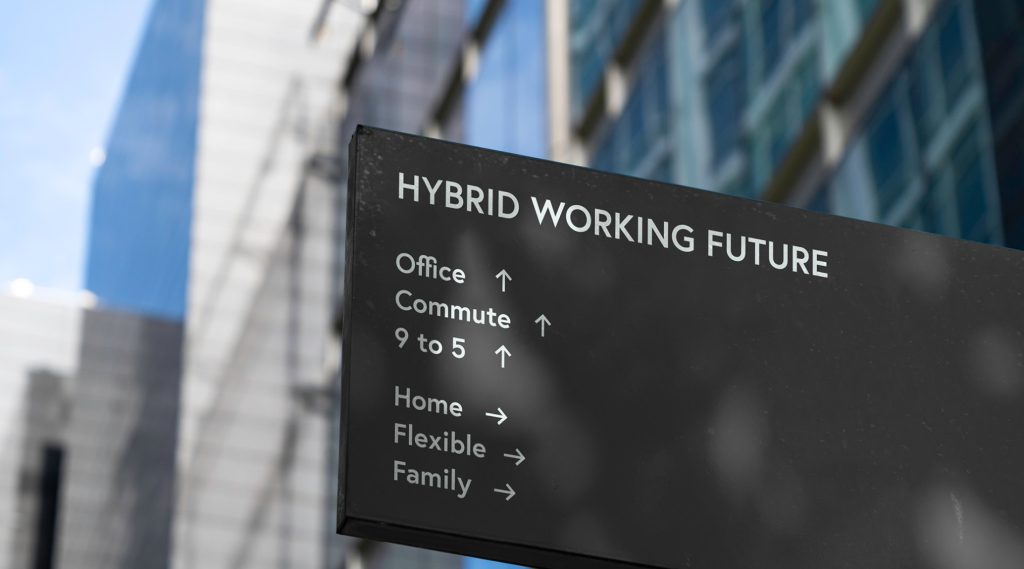Defining Diversity in the 21st Century
Twenty years ago, it would have been hard to find the terms ‘diversity’ and ‘inclusion’ making an impact in many organisations. The question they were asking was ’’Why should we care about diversity and inclusion?’’ Elite businesses who were ahead of the curve gave them a resounding answer.
Drawing people from different backgrounds, with varying skillsets, experiences, and knowledge had significantly positive effects on these organisations, bringing encouraging results. Today, studies show that more diverse management teams are 33% more likely to generate above average profits; 70% more likely to capture new markets; and generate 19% more revenue from innovation than companies with below-average leadership diversity.
In this series we’ll deep dive into the various aspects of diversity and inclusion (D&I), to give you a better understanding of the profound effects a strong diversity and inclusion position can have on organisation.
What does diversity mean today?
The term ‘diversity’ has evolved from the common misconception that it centres around the ‘visible’ differences between people. Whilst this is still relevant, diversity is about much more in the modern era. It’s about what makes each of us unique, for example our backgrounds and life experiences. It is about empowering individuals by appreciating and respecting what makes them different. This could be in terms of age, gender, ethnicity, religion, disability, sexual orientation, education, and national origin.
However, even beyond these signifiers, the contemporary broader view of diversity today is encapsulated by the idea of diversity of ‘thought’ – where different perspectives are the point of difference rather than visible characteristics.
Within an organisation, adopting diversity policies are about more than just ticking boxes and being politically correct. They can help you avoid a herd mentality and as a result deliver better business outcomes, by recognising individuals for their diversity of thought rather than as representatives of a group.
The term diversity is usually accompanied by its sidekick, ‘inclusion’. Inclusion in business is the extent to which individuals feel authentic and valued. If they are in an inclusive working culture, they can express their full capabilities in their role. For organisations to make this work, inclusive leadership is vital to ensure all employees can fulfill their potential. Importantly, inclusion means making positive change, not just assimilation and toleration.
The business case
As society has developed a deeper understanding of the term ‘diversity’, it has allowed leaders to reposition the business case for its adoption. Instead of asking “How can increasing gender and racial diversity help us improve business outcomes?”, we can frame the question as “How rich is our knowledge bank?”, or “Do we have the variety of perspectives necessary to deal with complex problems and create innovative solutions?” Understanding diversity in this way directly links the topic to the potential growth and innovation opportunities.
According to Deloitte’s influential white paper, ‘Only Skin Deep: Re-examining the Business Case for Diversity’, a ‘perfect storm’ has propelled diversity to the top of corporate agendas. This is down to a stronger regulatory environment, economic pressures, greater stakeholder expectations, and corporate social responsibility becoming more important in our time. Aside from these external pressures, there’s a compelling financial business case for adopting better diversity and inclusion policies.
Companies perform better when they have genuine employee diversity with staff from different backgrounds providing fresh perspectives, insights, and expertise. Deloitte argues visible diversity is a lead indicator of a healthy organisation rather than an end unto itself. Healthy organisations expand, innovate, and lead rather than follow their competitors. The financial potential is clear.
Businesses are also starting to tap into non-traditional labour segments to not only meet diversity goals, but also as a solution to the pressure of the labour/skills shortage. More than just women, there are other groups that stand out as currently unemployed, underemployed, or working below skill levels. These are namely the mature age pool, people with a disability, skilled migrants, and Indigenous communities. Yet despite potential in these labour sources, many businesses struggle to identify them as talent, or to adapt workplace practices and individual behaviours which marginalise these groups.
Where is Australia at with D&I?
Australian culture in the early stages of the 21st Century retains only faint traces of its colonial past. Yet engrained attitudes towards gender and race, have been hard to dispatch to the history books. However, as stakeholders demand organisations take D&I more seriously, the pressure to upgrade their position on these important matters increases. Alongside the obvious ethical obligations, there’s also a compelling business to case to do so. Recent studies suggested that Australia could increase its Gross Domestic Product by $48bn if we could find a way to boost the participation rate of workers over the age of 55 by a mere 5%.
Much of the diversity disparity in Australia now is highlighted in its leadership demographics. 20-25% of Australian residents are overseas-born and the largest growth in religious affiliation has been in Hinduism and Buddhism – yet approximately 75% of the leadership pipelines of Australia’s ‘Big 4’ professional services firms are Australian-born or born in North-West Europe (e.g. UK, France, Germany, Sweden).
A recent study on the diversity and inclusion strategies of employers in Australia and Asia revealed business leaders have a high level of awareness about the importance of workforce diversity but are failing to implement a range of strategies to meet critical business needs; they are talking the talk but not walking the walk. The findings demonstrate there is extensive awareness of the importance of diversity and inclusion within Australia with 70% of respondents believing their employer has a diversity and inclusion strategy in place.
Understanding the modern connotations of diversity is the first step for organisations looking to adopt more modern and forward-thinking policies. As their understanding of the term grows, so too does the potential of the business to do the same. Smart companies are updating their D&I position today to ensure they’re prepared for evolved employee and consumer expectations.











